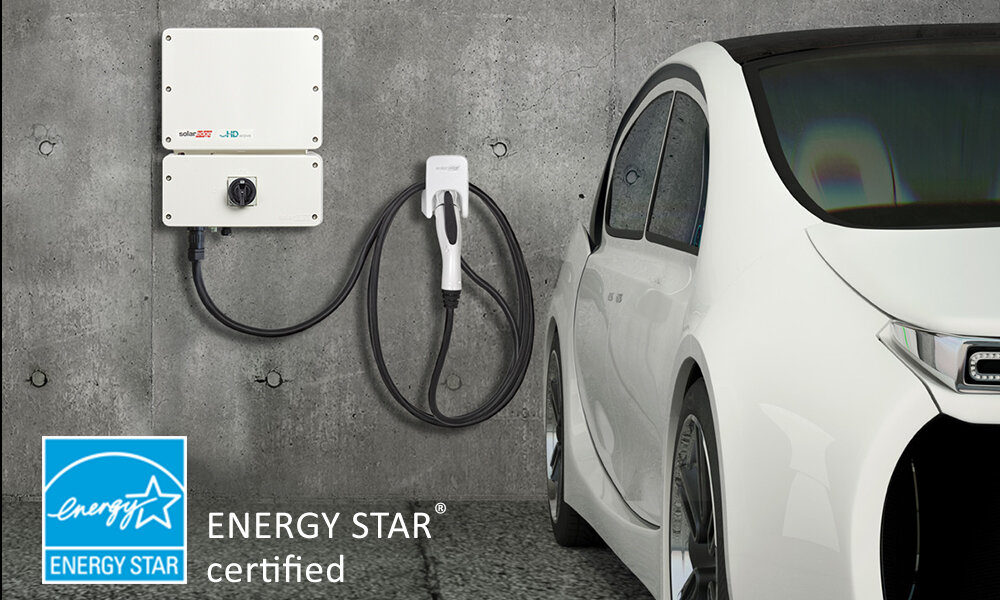Thinking of getting an electric vehicle in the next few years? It may make sense to add more panels now.
More and more homeowners anticipate purchasing electric vehicles in the next few years and hope to power their new vehicle with solar energy. By choosing the right size solar array now, you’ll have the power you need to charge your EV later.
It’s Not Easy to Add a Few Extra Panels in the Future
During the initial installation, we generally recommend sizing the system to meet expected energy needs, instead of installing one size system now and increasing the system size the future. A solar array is more than just the panels on the roof, and the wiring, inverter, and home interconnection all need to be sized based on the kW size of the array. That means we cannot install a few additional panels on the roof if the rest of the system is not designed to handle the extra incoming energy. There is one exception: if a homeowner plans ahead and oversizes their inverter, wiring, etc, during the initial installation, it is possible to add additional panels in the future. But there is one more factor to consider:
Adding Additional Panels Now is More Cost-Effective
Adding more panels in the future requires going through the drawing, permitting, installation, and interconnection process again. Since homeowners have to pay for these steps twice, an installation done as two separate projects is more expensive than installing a larger array all at once.
We Can Estimate How Much Electricity Your New Car Will Require
Fortunately, it is relatively easy to anticipate how much electricity your future electric car will require and size your solar array to meet your future needs. On average, each kWh of electricity can provide three miles of all-electric driving. Based on your estimated annual mileage, we can guess how many additional kWh you will need each month to charge your electric car. For instance, if you plan on driving about 10,000 miles each year in your new electric car, you would need about 280 kWh of additional power each month to charge your vehicle.
Inverter + Car Chargers are Available
There is one final advantage to planning ahead for an EV when going solar: some inverters come with built-in car chargers. This 2-in-1 solution allows homeowners to avoid having to install a separate car charger when they are ready to go solar. The combination inverter-chargers are not available in all sizes and are not right for all home layouts, but they are the right fit for some homes. Let us know if you are interested in seeing if this option would work for you home.
If you plan on getting an electric car in the next few years and hope to charge it with solar power, then it is easy to plan ahead to make it happen. You’ll save money in the long run and will be traveling using clean, renewable energy!

